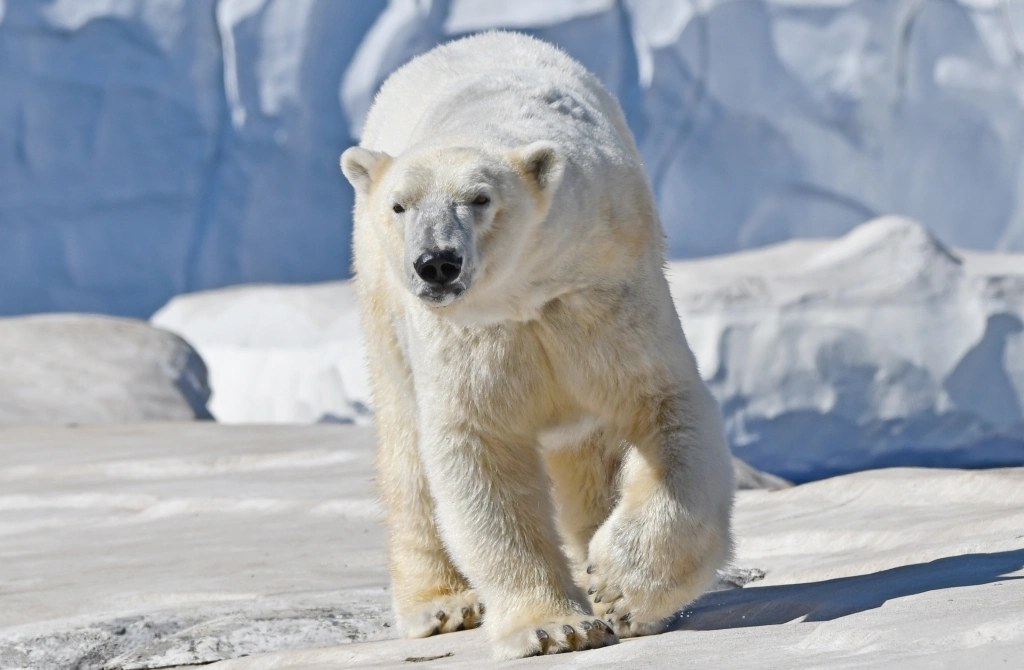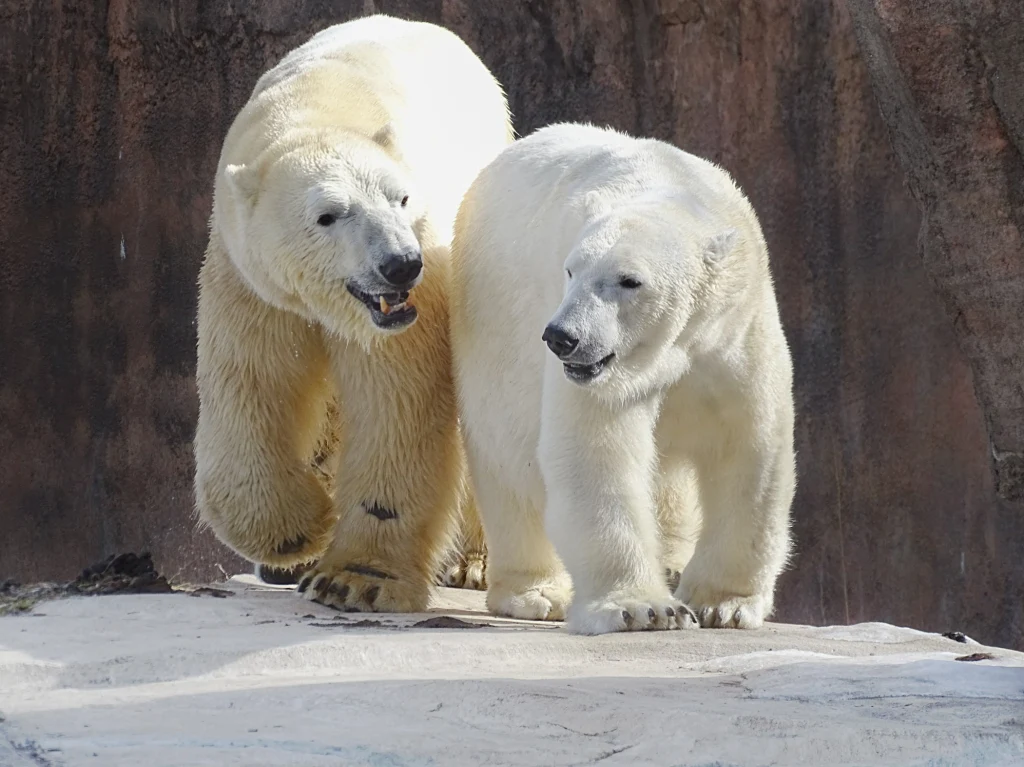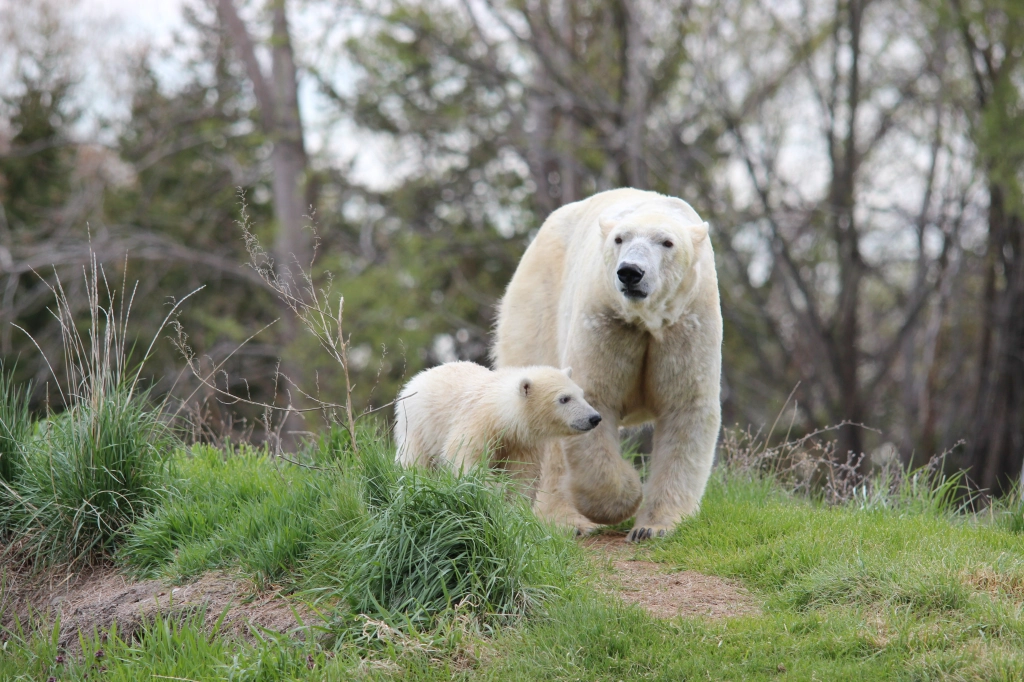
By Mark Vassallo, curator of amphibians for The Detroit Zoological Society.
The Panamanian golden frog — or “La Rana Dorada” as it is known in Panama — is an iconic and potentially extinct amphibian from the elevations of the Central portion of the country. The golden frog, known for its bright yellow coloration and association with luck and fortune, has captured the hearts and spirit of the native Panamanian culture. On the upper reaches of “La India Dormida” or “Sleeping Indian” mountain in El Valle, Panama, there is a petroglyph that depicts a frog. This image has been estimated as originating before the 1400s and could represent one of the earliest tributes to one of the region’s most important animals.
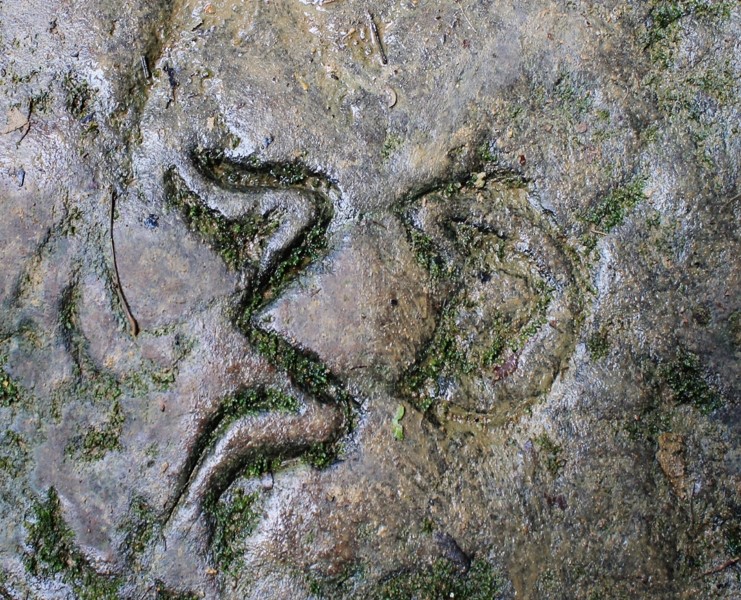
El Valle, Panama is a gorgeous town nestled in the crater of an extinct mega volcano that has been dormant for more than 300,000 years. This fertile valley is home to a unique variety of plants and animals and is the former home of La Rana Dorada. El Valle is also the site for the annual Golden Frog Festival, which takes place in August. This event celebrates the golden frog with parades, concerts, educational displays and public offerings of support for this endangered amphibian. This year, I was fortunate enough to witness the events of this extraordinary week of festivities firsthand and was blown away by the pride and respect the Panamanian culture places on the golden frog and conserving the legacy tied to their heritage.
Since 2015, I have represented the Detroit Zoo while traveling to Panama to assist the El Valle Amphibian Conservation Center Foundation (EVACC) in the establishment and upkeep of a bio-secure population of Panamanian golden frogs on the grounds of Hotel Campestre. This unique facility houses and breeds the golden frog and other threatened and endangered amphibians from Central Panama. The EVACC is a nonprofit organization run by Edgardo Griffith and Heidi Ross, a husband-and-wife team of biologists who have dedicated their lives to preserving the golden frog and the biodiversity of Panama. The EVACC foundation helps organize The Golden Frog Festival.
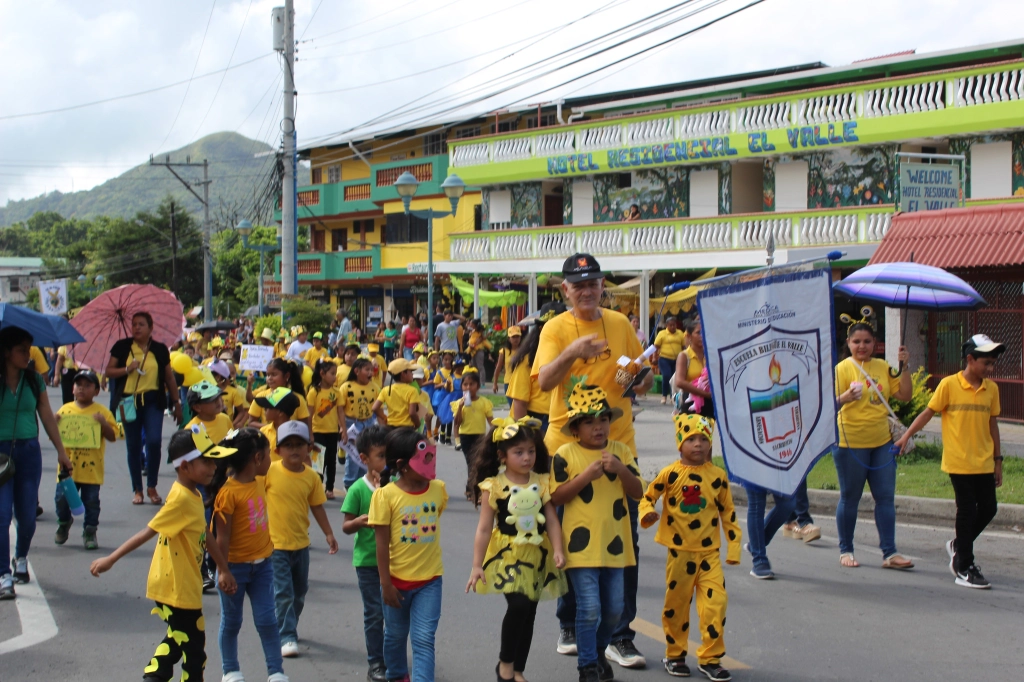
One of the first days of the event is a parade where all the local school children dress up like the golden frog — their attire is usually yellow with black spots mimicking the tell-tale markings of this cherished animal. As the procession starts, marching bands play, and the whole town comes to see the event.
As the week progresses, the events include an evening of friendly competition between the various marching band troops from the area. In Panama, these marching bands are not your typical high school variety band. They incorporate stylish moves as they seamlessly mesh several varieties of music into the eye-catching display that brings sound and energy into the night. They wear special uniforms specific to their troop and continuously try to outdo one another with more incredible stunts and inspiring music as they proceed down the parade route to the church of San Jose. Here, the parade comes to an end.
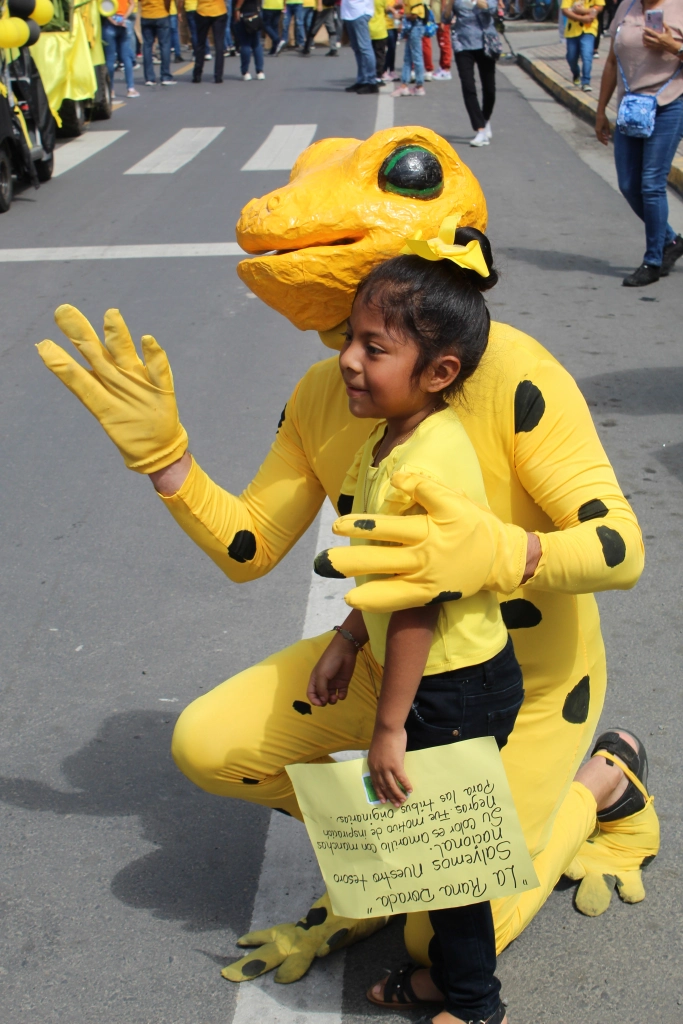
Throughout the week, all people — from Panamanians to Dutch tourists — are allowed to pledge their support publicly through the signing of a mural that announces each person’s intent to preserve the golden frog — and, subsequently, the heritage of the Panamanian people who have inhabited this valley for thousands of years.
It is difficult not to be moved by such a display of national respect and acknowledgment for an amphibian. Coming from a background of zoo and aquarium science, I have seen how multitudes of charismatic megafauna have been widely celebrated and invested in, usually leaving the “little guys” like frogs to fend for themselves in a landscape dominated by “flagship” species like the panda bear or the blue whale. Amphibians are experiencing a crisis that is incomparable to any other taxa. Almost half of the Earth’s amphibian biodiversity is at risk or extinct. In the golden frog, there seems to be some hope for a representative that has comparable significance and also the potential to elevate the plight of amphibians into the public light.
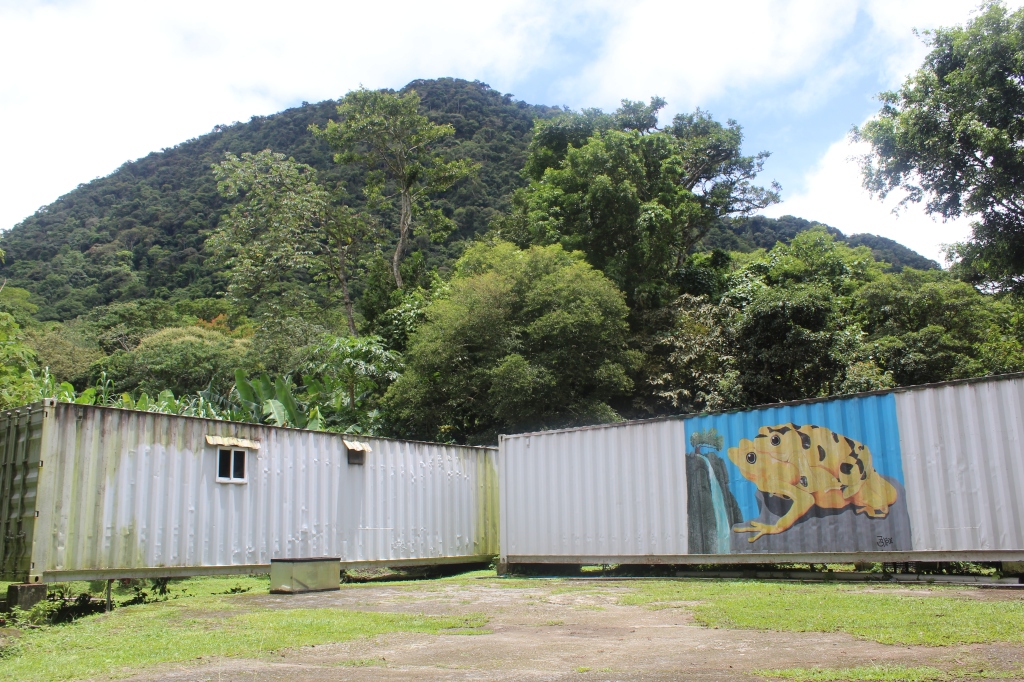
The Panamanian culture has continued to hold the torch for this species, purely as a gesture of respect to the fantastic biodiversity that calls this country home. In celebrating La Rana Dorada, they also celebrate resiliency of a country that has chosen a frog as its champion, a golden frog. As one of the primary slogans of the EVACC foundation says, “salva lo que amas” or “save what you love.”
